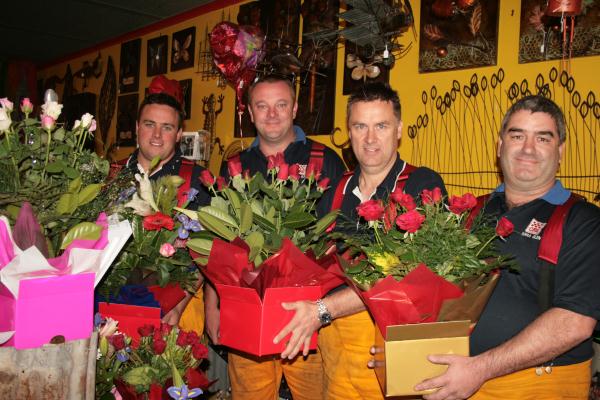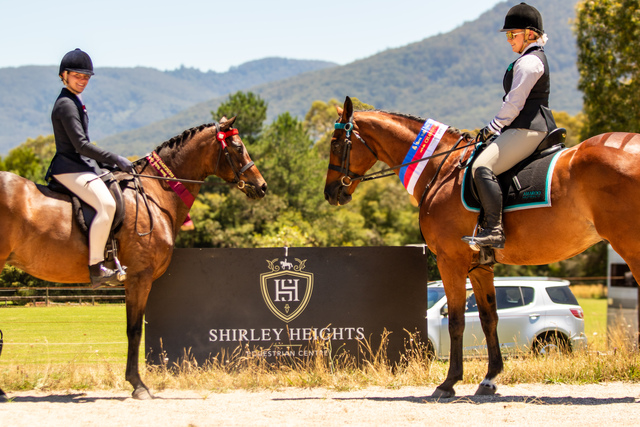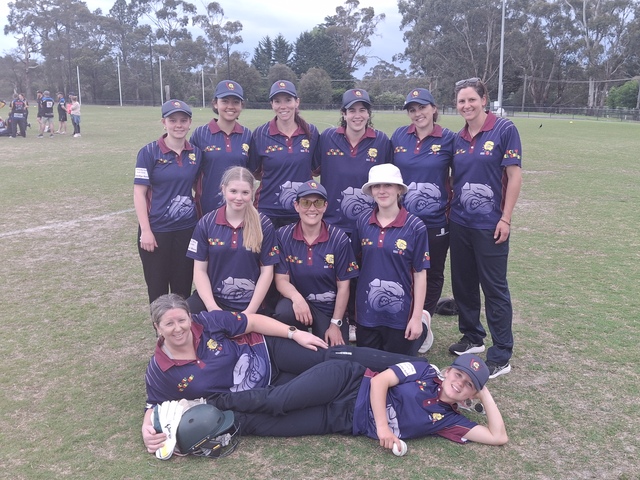By KATH GANNAWAY
AMONG THE hundreds of stories I’ve done over the past five years, the CFA series talking to the 17 brigades in our coverage area over the 12 months following Black Saturday were both the most difficult, the most memorable, and among the most rewarding.
As a record of what happened on the day the series provided a chilling timeline of how Black Saturday evolved. But it was the individual stories that were enormously powerful, and humbling.
Matt Sartori’s story is the one that sticks in my mind most, and often – a simple act of humanity.
A 12-year-old Gruyere girl was standing traumatised in the pool of her family’s home as the Gruyere captain and others battled desperately to save the house. As their hoses ran dry, the pool was a lifeline. To the girl, surrounded by flame, heat and smoke, it was a live-saving cocoon.
Matt said it was the hardest thing he had faced. The girl was petrified and they were threatening to take her shield of water.
The intensity of that moment, with every nano-second critical to everything they are trained to do, is still hard to imagine, but he stopped and took the time to comfort and reassure her.
Jumping into the pool he put his arms around her and said “It’s OK, we’re just taking a bit … you’ll be OK”.
Coldstream fire-fighter Graham Brown was in Steels Creek. He told me it was the first time in 27 years of fire-fighting that he had cried.
The magnitude of it overwhelmed him. “I just thought, when is this going to stop,” he said.
Adam Powell was just 16 with Wesburn-Millgrove brigade. He was one of a number of schoolkids on the trucks.
I was moved by his maturity and impressed with his lack of bravado. He made an incredibly brave decision. Coming out of Chum Creek, he’d succumbed to smoke.
“I wanted to keep going because I knew how bad it was out there … I wanted to help the blokes on the trucks but I knew if they asked for back-up I might not have been able to do it. I might have been letting the team down,” he said. “I had to make that decision.”
Narbethong brigade captain Ray Eastaugh, looking back almost a year after Black Saturday, said what many had said so many times; the ferocity of the fire came as a surprise, despite the prevailing weather conditions and the warnings.
“It was beyond anything we could have pictured in our minds … just the sheer number of buildings burnt, the lives lost; it came as a shock,” he recalled.
Driving around on the Sunday morning, he said there was an eerie pall over Narbethong … “No sound, no birds in the air, no insects”.
Chris Haden from Marysville told of the frantic drive back from Kings Road in a convoy of trucks that were literally fleeing for their lives trying to outrun the fire, trees falling all around them and the bush exploding to create one massive, unstoppable fire storm.
“If you can imagine a surfer in the tunnel of a massive wave, the fire crowned across the top of the trees and engulfed everyone in that ball of flame,” he said. “It just rolled like a big wave. After that there was just no controlling it,” he said of the fire on Kings Road.
Like many of the fire-fighters I talked with, their experiences on the day and into the night took place in the horrible vacuum of not knowing the fate of their loved ones and friends.
For some, those worst fears became their worst nightmares.
Chris and SES member Keith Ray were called on to help the police forensic team do house to house searches in Marysville after the fires. He didn’t talk about what he’d seen then and he didn’t need to.
(The role of SES volunteers on Black Saturday, and other fire-fighters from agencies including DSE, Melbourne Water and Parks Victoria, has come to the fore more in the past two or three years as recognition has been given for acts of bravery and service on the day).
For our brigades, it wasn’t only on the fire front that the volunteers were dealing with the horror of Black Saturday.
Seville First Lieutenant Ross Johnson pulled out a strip of more than 40 pager calls to the station as the firestorm spread across the landscape from Kinglake to Marysville.
With the breakdown in communications they were wrongly listed on the books as having a tanker in the station, making Seville the sole available unit to respond to the desperate calls flooding into triple zero.
In fact, all their units were on the fire-ground.
Looking at the list, Ross said they were turned out 45 times to house fires.
“We were very much aware of what was going on, but even if we had been available we would have been hours too late,” he said looking back on the frustration and helplessness they felt as the calls kept coming in.
The print-out recorded in many cases the last desperate calls for help from people trapped in the fires in Marysville and Kinglake. Many, perhaps all, were part of the horrific total of 173 people who died on Black Saturday.
It will remain part of Seville’s history and a reminder for future generations of fire-fighters of the day Ross described as Armageddon.
So many people have shared their stories with me over the past five years, invited me into their homes, shown an understanding and voiced their appreciation for the role journalists and photographers have played in recording the devastating impact, and the recovery.
It is a privilege.







